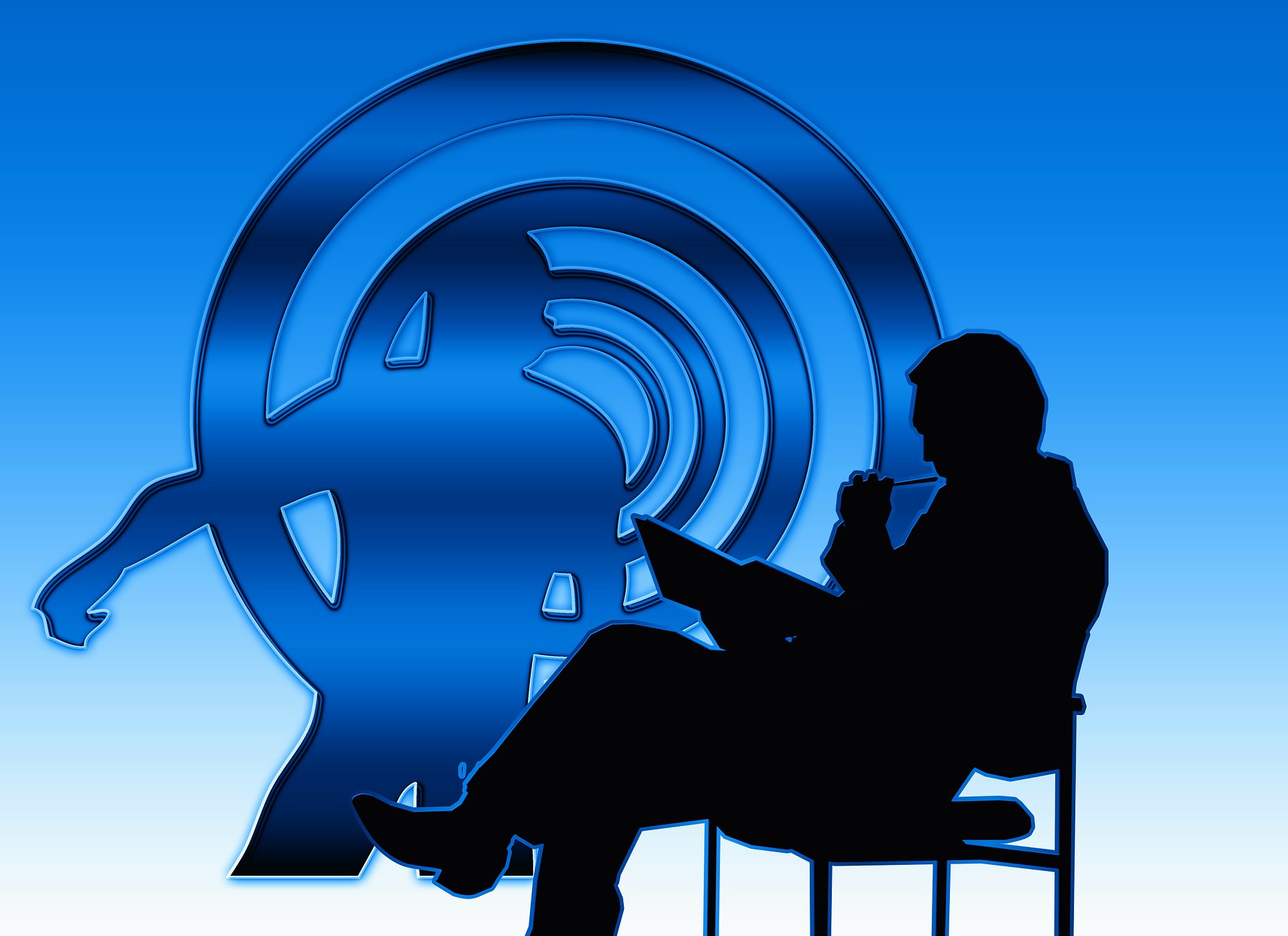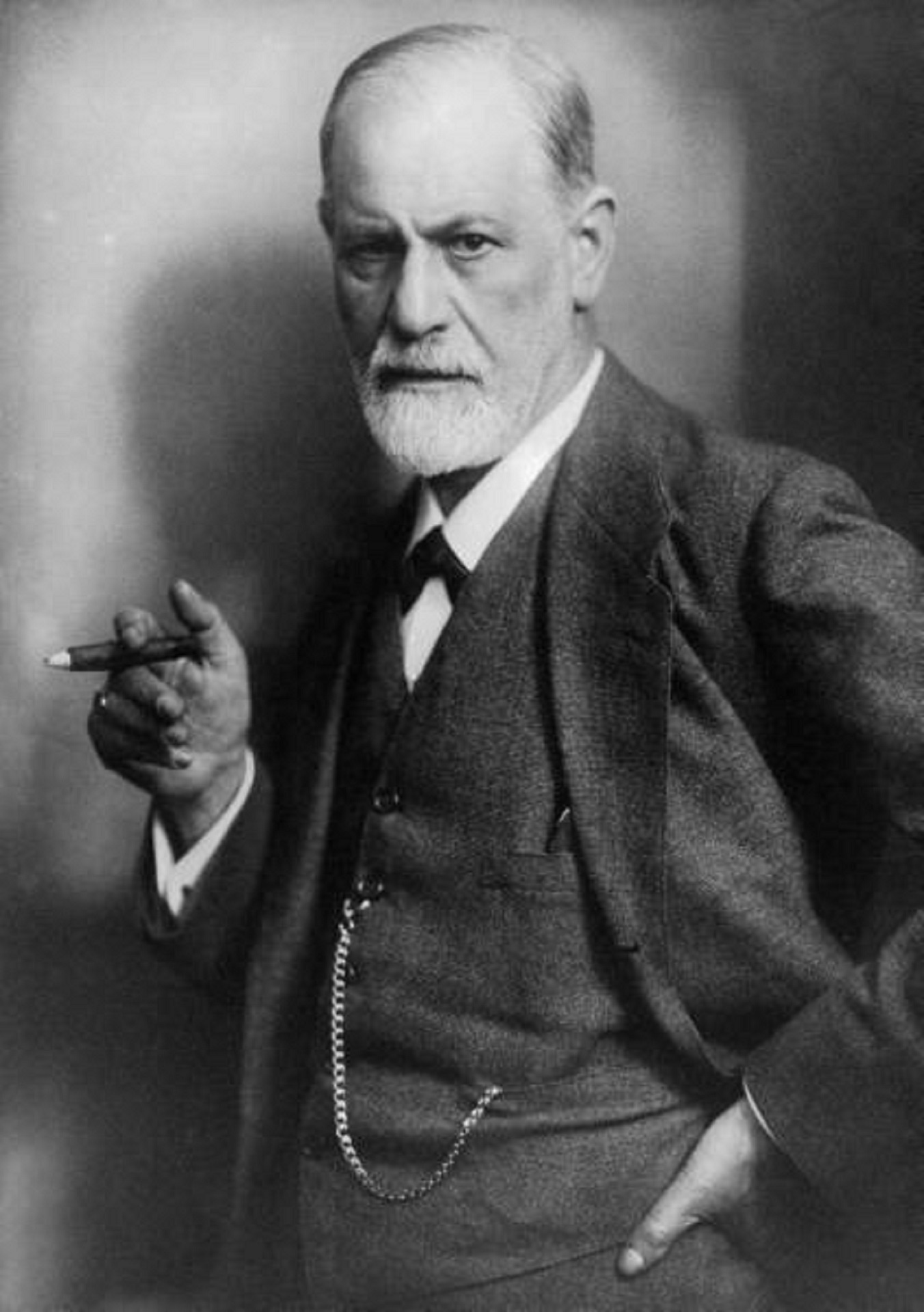Depression: Psychological treatments
 Psychological approaches to the treatment of depression come in many forms. These approaches are called psychotherapies; they involve face-to-face interactions with a therapist. Psychotherapy is seen as more personal than drug therapy and can be highly individualized to meet the needs of the client. Generally, psychotherapy is more focused on addressing a person's life situation and subjective understanding of his or her psychological problems. Psychotherapy helps people identify unhealthy thought patterns and behaviours as well as suggesting strategies to manage stress and symptoms. A therapist often works with an individual alone, but may also include family members in therapy sessions. Sometimes psychotherapy alone is enough to help an individual, sometimes psychotherapy is combined with antidepressants if the person is severely depressed. Research has shown that psychotherapy can be highly effective for many clients.
Psychological approaches to the treatment of depression come in many forms. These approaches are called psychotherapies; they involve face-to-face interactions with a therapist. Psychotherapy is seen as more personal than drug therapy and can be highly individualized to meet the needs of the client. Generally, psychotherapy is more focused on addressing a person's life situation and subjective understanding of his or her psychological problems. Psychotherapy helps people identify unhealthy thought patterns and behaviours as well as suggesting strategies to manage stress and symptoms. A therapist often works with an individual alone, but may also include family members in therapy sessions. Sometimes psychotherapy alone is enough to help an individual, sometimes psychotherapy is combined with antidepressants if the person is severely depressed. Research has shown that psychotherapy can be highly effective for many clients.
One of the most widely used psychotherapies is cognitive behavioural therapy which is based on cognitive theories of disorders, where a therapist helps a client to change negative thought patterns. In recent years, mindfulness-based stress reduction, as well as mindfulness-based cognitive therapy, have also been introduced as treatments for depression and anxiety disorders.
Cognitive Behavioural Therapy [CBT]
Cognitive-behavioral therapy is a blend of two therapies: cognitive therapy and behavioural therapy. According to Aaron Beck, one of the pioneers in cognitive therapy, psychological problems are associated with maladaptive thinking patterns and unhealthy behaviours that can be changed through a working relationship between the client and a therapist. Beck argues that it is not specific events that are at the core of an individual's problem but rather the way the individual interprets the situation.
Cognitive-behavioural therapy [CBT] is used in the treatment of adults and children with depression. In contrast to traditional forms of psychotherapy, which are concerned with a person’s past history, CBT focuses on current issues and symptoms. The client is an active participant in the therapy sessions; the client learns to identify unhealthy thoughts and behaviours so that they can gradually be replaced by more positive ones. Typically, there are around 12–20 weekly sessions, combined with daily practice exercises specifically designed to help the client to use new skills on a day-to-day basis. CBT is based on cognitive therapy (Beck) and includes behaviour modification.
- Help the client to identify and change faulty thinking patterns and unhealthy behaviours.
- Help the client to develop effective coping strategies and problem-solving skills.
The first aim of the therapy is to identify and correct faulty cognitions and unhealthy behaviours. Beck argues that people with emotional difficulties tend to commit “logical errors” that lead to self-deprecation. In CBT, the client is encouraged to find out which thoughts are associated with depressed feelings, and to correct them – this is called cognitive restructuring. The aim of the therapy is to teach clients to monitor thought processes and then to test them against reality so that they can eventually change their behaviour. For example, people suffering from depression can be seen as focusing too much on their failures. The therapist will try to refocus the client’s attention on what he or she does well and to take note of daily successes.
One of the ways in which Beck helped clients to restructure their cognitions is called validity testing. This strategy is when a therapist asks the client to defend his or her beliefs. If the patient cannot produce evidence supporting the assumptions, the faulty nature of the belief is challenged. For example, if the client feels that everyone at work hates her, the therapist would ask for specific evidence of this. They would discuss the evidence with the goal of showing how this assumption is not rational.
The second aim of CBT is to help clients develop effective coping strategies and problem-solving skills. There are two key ways that Beck attempted to develop these strategies in his clients.
First, he used cognitive rehearsal. In this technique, a client is asked to imagine a difficult situation from the past and then together they practice how to cope with the problem. The hope is that by developing new schema for coping with problems when the real problems occur, the client will be better able to handle them.
Secondly, Beck often gave his clients homework. The goal of homework is to encourage self-discovery and reinforce what is happening in the therapy sessions. Homework could be to read an article about a specific issue, to keep a diary of positive experiences on a day-to-day basis or to try out a new strategy that was learned in therapy. This final approach leads us to the second aim of CBT.
Psychologists have also found that there is a lack of social skill development in people with depression. Working on communication skills, especially with regard to expressing one’s feelings, is an important part of CBT.
In addition, cognitive behavioural therapists encourage people to gradually increase any activities that could be rewarding, such as sport, going to a concert or meeting other people. This is the behavioural component of CBT. People suffering from depression typically stop doing things that may potentially be enjoyable because they think that it is not worth doing them or they fear failure.
Finally, as stress is seen as an important factor in depression, CBT helps clients to develop strategies to cope with stress. One of the growing areas of CBT is the role of mindfulness in helping clients not only to regulate stress but to develop a sense of autonomy. This type of therapy is often called MBCT – or mindfulness-based cognitive therapy.
Mindfulness-based cognitive therapy
 Researchers have been interested in how elements from Buddhist meditation could be used to foster what they call mindfulness. Typically, mindfulness meditation session begins with a person sitting on the floor with his eyes closed, his back straight and his legs crossed. He must be very attentive to his breathing, and when the mind begins to wander to other thoughts, he must refocus on his breathing. This will empty his mind of thoughts so that he becomes calm and peaceful. Mindfulness encourages adopting an attitude of openness and acceptance towards present experiences and thoughts. Mindfulness-based stress reduction meditation may help patients to reduce psychological stress, which is often a factor in psychological disorders.
Researchers have been interested in how elements from Buddhist meditation could be used to foster what they call mindfulness. Typically, mindfulness meditation session begins with a person sitting on the floor with his eyes closed, his back straight and his legs crossed. He must be very attentive to his breathing, and when the mind begins to wander to other thoughts, he must refocus on his breathing. This will empty his mind of thoughts so that he becomes calm and peaceful. Mindfulness encourages adopting an attitude of openness and acceptance towards present experiences and thoughts. Mindfulness-based stress reduction meditation may help patients to reduce psychological stress, which is often a factor in psychological disorders.
Mindfulness-based cognitive therapy (MBCT) also includes methods to change dysfunctional thoughts that could lead to problematic emotions and behaviours.
The aim of this therapy is to help clients let go of negative thinking patterns instead of being obsessed with them. The focus on a current perspective instead of ruminating about the past or fearing the future is seen as a valuable strategy to keep the client's mind out of a depressive or anxious loop. MBCT is based on the integration of elements of CBT with elements of the mindfulness-based stress reduction program (MBSR).
Kuyken et al (2008) carried out a study of 123 participants with a history of depression. All participants were taking anti-depressant medication. They were randomly allocated to either a control group or an experimental group that participated in an MBCT course and gradually diminished their medication. People in the control group had a relapse rate of 60% compared to the experimental group that had a relapse rate of 47%. Participants in the MBCT group also reported a higher quality of life, in terms of enjoyment of daily activities and physical well-being. In the MBCT group, 75% of the patients stopped taking the medication.
Segal et al (2010) studied 84 people in remission for Major Depressive Disorder to determine the long-term effect of MBCT. The patients were randomly assigned to one of three conditions: patients discontinued their antidepressants and attended 8 weekly group sessions of MBCT; patients continued taking their therapeutic dose of antidepressant medication without MBCT; patients discontinued active medication and were switched to a placebo. Relapse was defined as a return, for at least 2 weeks, of symptoms sufficient to meet the criteria for major depression. The researchers found that MBCT could help prevent recurring depressive episodes as well as medication and better than a placebo.
ATL: Research
 CBT is not the only psychological therapy. Among the many different types of therapy, there are psychoanalytic therapies. The most well-known therapist was, of course, Sigmund Freud. His therapy often required the patient to recall so-called "repressed memories" from their childhood - in other words, memories that were so painful or thoughts that were "taboo" that the patient was trying desperately not to remember.
CBT is not the only psychological therapy. Among the many different types of therapy, there are psychoanalytic therapies. The most well-known therapist was, of course, Sigmund Freud. His therapy often required the patient to recall so-called "repressed memories" from their childhood - in other words, memories that were so painful or thoughts that were "taboo" that the patient was trying desperately not to remember.
Freud used several techniques, including dream analysis, to help patients to "access" these memories and then to resolve their feelings about them. However, as you know from the cognitive approach, there is the danger of creating false memories. Remember the Lost in the Mall study by Loftus & Pickrell (1995)? These false memories may be so vivid that the client may begin to have flashbacks and dreams of traumatic events that never actually occurred. This is known as False Memory Syndrome.
Do some research on False Memory Syndrome. How has it affected patients?
What are modern therapists doing to try to avoid this negative effect of their therapy?
Do some research on False Memory Syndrome. How has it affected patients?
Often, false memory syndrome leads to an increase in depression and anxiety. The belief that one has been abused, especially by a loved one, can lead to intrusive thoughts, anger, and feelings of betrayal. If a patient confronts family members about these memories, this can lead to alienation. This may remove social support which is an important protective factor in recovery from clinical depression.
What are modern therapists doing to try to avoid this negative effect of their therapy?
There are several potential strategies for avoiding false memory syndrome. Most importantly, therapy should be more non-directive, allowing the client to decide what s/he needs in order to improve their mental health. It also means that leading questions need to be avoided. Finally, techniques like hypnosis are linked to false memory syndrome. This means that such techniques should be used only with great care and psychologists need to be aware that they could potentially introduce false memories.
Strengths
One of the key strengths of CBT is that patients do not experience any side effects and studies indicate that it is as effective as antidepressants in treating depression. Furthermore, CBT seems to reduce the risk of relapse even after the therapy has stopped. Not all psychological therapies can boast such strengths.
CBT clients also have lower relapse rates than those treated solely by drug therapy. Rush et al (1977) suggest that the higher relapse rate for those treated with drugs is because patients in a cognitive therapy program learn skills to cope with depression that the patients given drugs do not. This is due to the coping strategies that CBT teaches clients and the sense of empowerment that it helps to develop.
Many psychologists also argue that a strength of the therapy is that it is personal – that is, it requires a relationship between the therapist and the client. Drug therapy, on the other hand, may be seen as impersonal, lacking any true support. However, some have argued that this is also a limitation of the therapy. Bennun and Schindler (1988) argued that the best indicator of success in therapy is how favourably clients rated their therapist during the initial session. Those who liked their therapist reported more improvement. If that is the case, it may not be the nature of the therapy, but the relationship that is more important in the recovery of the client.
Limitations
CBT may not be the most appropriate therapy for all clients. In the case of a depressive patient who is suicidal, cognitive-behavioral therapy (CBT) may take too long to take effect, or the individual may not be in a state that would allow for discussions about his or her cognitive processes. Drug therapy may be used in order to decrease the symptoms of the disorder; then, once the individual is stabilized, CBT might be used.
CBT has been criticized for focusing on symptoms rather than causes. Remember, it is not clear that cognitive distortions cause depression; they may simply be a symptom of depression. CBT does not address the past experience of the client nor does it address the potential biological nature of the disorder. Thus, CBT may be focusing more on current symptoms than on the causes of the disorder.
Finally, CBT is considered a directive therapy. That means that the therapist is assessing the situation and then deciding on what the best course of action is. The therapist is also making a judgment concerning which thoughts are acceptable. Therefore, there is a concern about potential gender and cultural biases playing a role in the therapy. In an increasingly diverse society, the question of culture is an important consideration in therapy.
Checking for understanding
Which of the following is the best example of a cognitive behavioural therapy?
CBT is based on the idea that the way we process information leads to depression.
Which of the following is not one of Beck's strategies in CBT?
Although today meditation is often used as a part of CBT, it was not part of Beck's original treatment.
Segal's (2010) research on the effectiveness of Mindfulness-Based Cognitive Therapy in the treatment of depression found that
Bennun & Schindler argue that the best predictor of the success of a treatment is
Which of the following is not a strength of CBT in the treatment of depression?

 IB Docs (2) Team
IB Docs (2) Team
